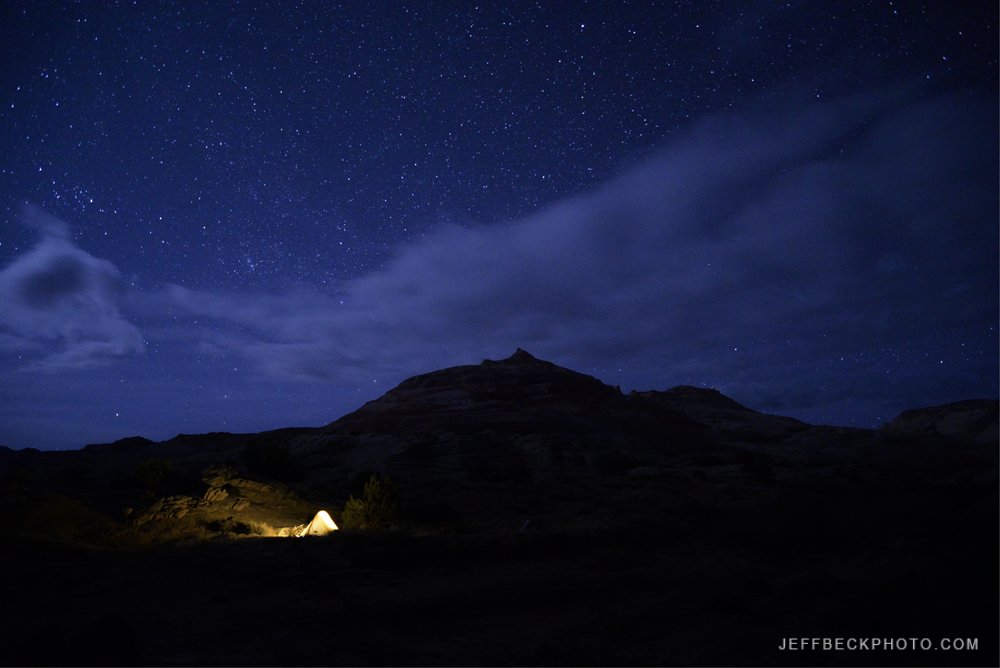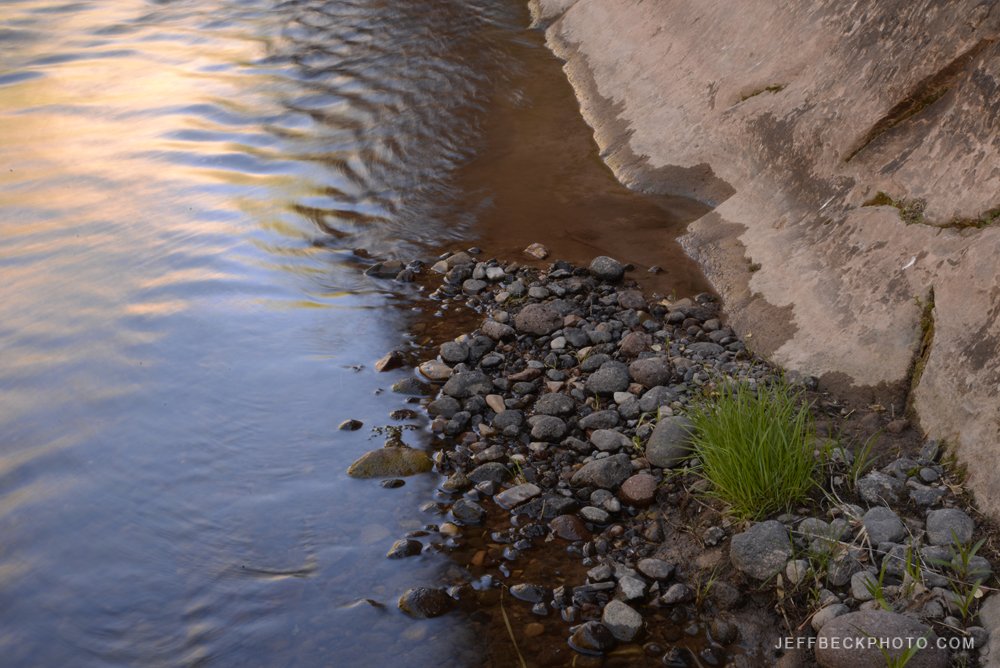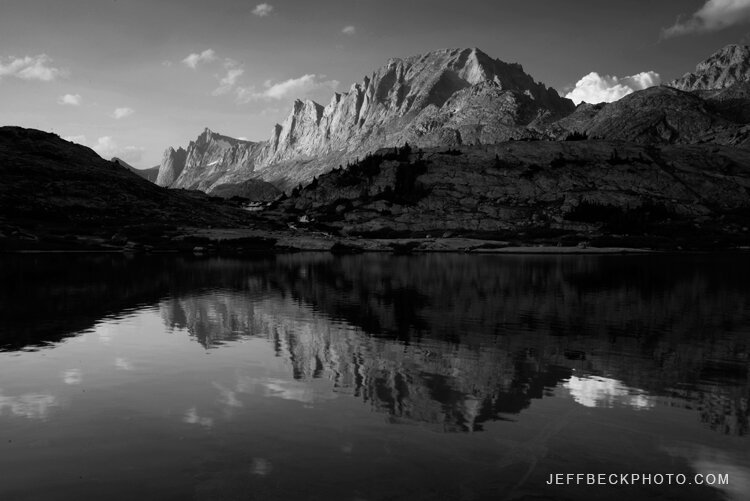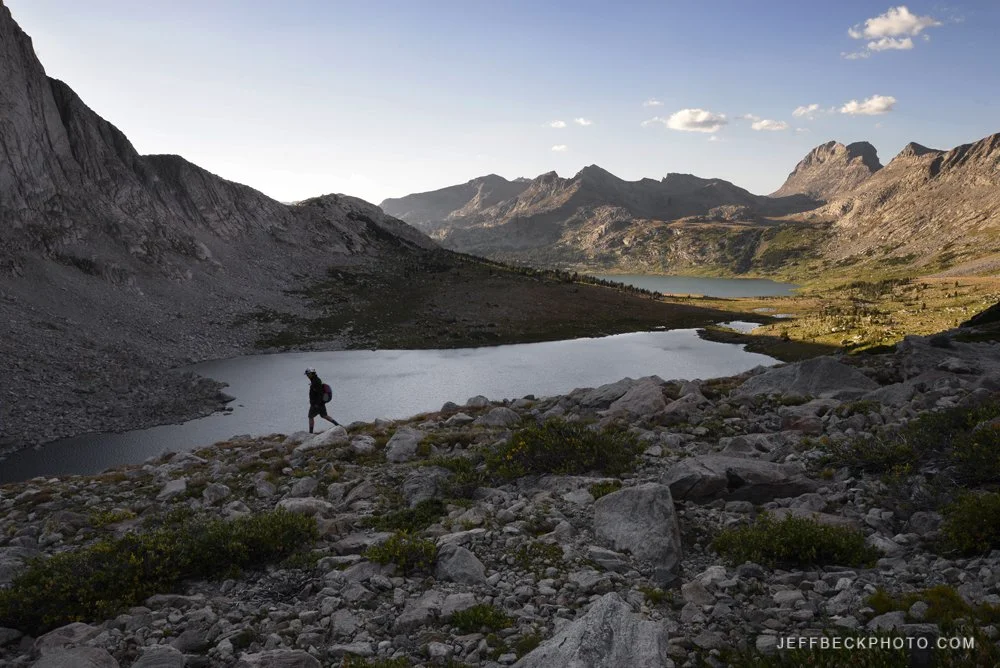Looking at these photos in December, I’m less disappointed with them than I was in April. As the intensity of the moment fades from my memory, from the tiny scorpion hanging out in the sand at the door of my tent, to the bite of a chill wind and even a few snowflakes, to the exhaustion of hours of cross-country travel, clamoring over slickrock ridges and across deep sand plains, to the dizzying ledges and walls that looked too steep to walk on, the images become better surrogates of the experience.
Escalante Adventure 2021: Monochrome Portfolio
I was blessed to spend a week in April backpacking in the Escalante wilderness with two of my favorite people in the world, in one of my favorite places in the world. The Canyons of the Escalante is a true wilderness; rugged and austere, seemingly impenetrable, vast and incomprehensible. I find it incredibly challenging to capture images that express the visceral and emotional intensity of being there.
Seems like it should be easy, point your camera in any direction, click, and presto you’ve got an instant classic. Everything looks amazing as you move through the landscape, your mind effortlessly removing the clutter, and your eyes simultaneously revealing detail in bright skies and shadowed canyon walls. I worked hard to put some of that beauty and grandeur I was seeing on my memory cards, but I’d be lying if I said I wasn’t disappointed with my efforts once I got home.
This portfolio is a response to that disappointment. In some cases an attempt to simplify and distill the graphics even more. In some cases a way to push the processing further; to pump up the contrast without moving the colors into the garish and unreal realm. I don’t think any of these images end up in my greatest hits, but I do like the cohesion of this portfolio. Like puzzle pieces, together these images start to tell the story of this singular place.
Wind River Range: August 2020
EB hikes beside upper Titcomb Lake, Bridger Wilderness, Wyoming
I was lucky enough to spend seven days backpacking in the Winds in late August. Making it back in to Titcomb Basin after 20 years was a highlight. As was being back in the Wind River Range with Erik and Rosalie three years after our first trek together there. August twenty years ago was my first backpack in the Winds. This was my fifth. I’m hoping to increase that frequency over the next twenty years.
Our route went from Elkhart Park past Senaca Lake and Island Lake to Titcomb Basin then back to the Highline Trail which we followed over Lester Pass and down to the Cook Lakes Loop. One of the highlights of the trip was hiking to Wall Lake from our camp at Upper Cook Lake. We finished our loop on the Pole Creek Trail past Eklund Lake and back past Photographers Point to Elkhart Park.
Titcomb Basin and vicinity was a zoo. The scenery is undeniable but at times the amount of traffic on the trail was noisy and annoying. We found a gorgeous campsite at the end of a string of lakes below Titcomb Lakes. When we got there there was one other group and we tried to give them a little room and still stay legal by not camping too close to the outlet stream. We turned around and two more groups had moved in, one on either side of us.
On the other side of Lester Pass we finally got a little solitude. It seemed like there were only two other groups in the entire Cook Lakes area while we were there. On two jaunts to Wall Lake, one in the evening by myself and then again in the morning with Erik, we didn’t see another soul.
I loved almost everything about this trip except the light. On day three thick smoke from distant wildfires filled the range and never fully cleared. Looking at my photos from our second evening, and my most productive landscape photo session of the trip, the air was already less than clear. This definitely forced me to concentrate on details which was not necessarily a bad thing. I’ve come home from many a trip to look at my photos and think, I wish I would have focused more on details instead of trying to get everything in the frame all the time.
Some of my favorite images of the trip and certainly the most colorful were of butterflies. There were a ton of butterflies flitting around high wildflower meadows. The Fritillaries were particularly abundant, but the California Tortoiseshells were the most approachable.
Fremont Peak reflected in a small lake below Titcomb Basin, Wind River Range, Wyoming
Lone Peak from the Pfeifferhorn
Fractured granite on the Pfeifferhorn summit frames the scene to the west, towards South Thunder Mountain and Lone Peak. From this vantage point the Wasatch looks more like the Sierra Nevada, with the high headwall of Hogum Fork blocking any view of civilization a mere eight miles west. Beams of light through broken clouds add to the drama on a mid-August afternoon atop the third highest summit in Salt Lake County.
This image was originally captured on 35mm Fujichrome Velvia in 1998. Wow, I can’t believe it was that long ago!? I’ve always liked the content of this image, but the weak color of this color transparency kept me from doing anything with it, back in the day when I had cibachrome prints made from my slides at the lab, and I was still years away from publishing anything on the internet.
With the advent of the digital dark room I can give new life to images like this, images that have a certain something that keeps them out of the trash bin, but not enough interest to make it into a portfolio, often by conversion to black and white. The lack of any bright colors and the high contrast light (tamed at capture with a Singh Ray grad ND filter) made black and white conversion the obvious choice. After the initial black and white conversion I used Photoshop layer masks to lighten the foreground rock and darken the sky to give this image some oomph.
Scanning 35mm Film
As I’ve been working on the new website, I realized that some of my older film scans were not migrated to newer hard drives. When I first started scanning my film, I made the mistake of scanning a lot of images at smaller sizes because I was trying to save hard drive space, and I didn’t want to clutter up my drives with full size images (100+MB) that weren’t ultimately going to be printed large.
Today, my hard drives are full of images that will never even be proofed - because they’re not good enough. With digital storage costing less than ever, it only makes sense to scan film at the highest possible resolution, creating a master image file that is sized down for proofing, instead of scanning a proof size file and rescanning if a larger file is desired, which is what I used to do.
So, rather than trying to retrieve the digital versions, I’ve been rescanning some of my 35mm slides. Images from my previous website galleries; praiseworthy images that slipped through the cracks because they're not core portfolio images. I’ve also been scanning some images that had never been transferred to digital. This has made me realize a few things.
First, I need to be more diligent with the organization and updating of my digital image library. Not migrating digital content to new media or new technology could have catastrophic consequences when there’s no hard copy original to fall back on.
Second, I have a huge collection of images on film that have rarely if ever been seen. Images that were once projected in slide shows, but have never existed in digital form, yet still deserve some attention. I need to resume scanning my best chromes, something I stopped doing once I became firmly established in my digital workflow.
Third, I should offer my services to people who want to give new life to images on film. I could put my Nikon Coolscan to work. So, if you have precious images on 35mm film (slide or negative) that you’d like to convert to jpeg and tiff, contact me to find out how.
Lizard Head, Wind River Range
With any image I present here, there are a wide variety of topics I could potentially explore. Sometimes I find it overwhelming to pick an angle to write about, and usually what I do write is not necessarily what I had initially intended to write. I’m guessing that writing is a lot like photography in that masterpieces are produced in the context of practice and dedication, not purely inspiration.
Ultimately, it’s what you do with that inspiration that matters. I know with photography, practice makes it possible to express yourself more clearly and more powerfully. I’m sure that’s true with writing as well. So, it probably doesn’t matter what I write about so long as I keep writing.
When I was thinking about what to write about this image my first instinct was to explain how a color version of this image was on my old website, in my Western Wilderness Gallery, and how I cut it from my new Mountain Landscapes Gallery, but then once I converted it to black and white, I thought it was even more striking and definitely belonged on the new website. And then, I thought about writing about how I used Photoshop Image>Calculations to convert the color image to black and white and the technique I used to dodge and burn the final image to deliver more impact…boring.
What would probably be a more interesting topic is how it felt to be in this spot. After two days of hiking, to be taking in this view, at more than 12,000 feet high, deep in Wyoming’s Wind River Range, felt amazing. Staring down a knife edge ridge towards Lizard Head Peak, in the Popo Agie Wilderness, with the Cirque of the Towers over my right shoulder, a great friend and hiking companion nearby, clouds swirling around us and the light changing by the minute, this was definitely a moment to savor.







































